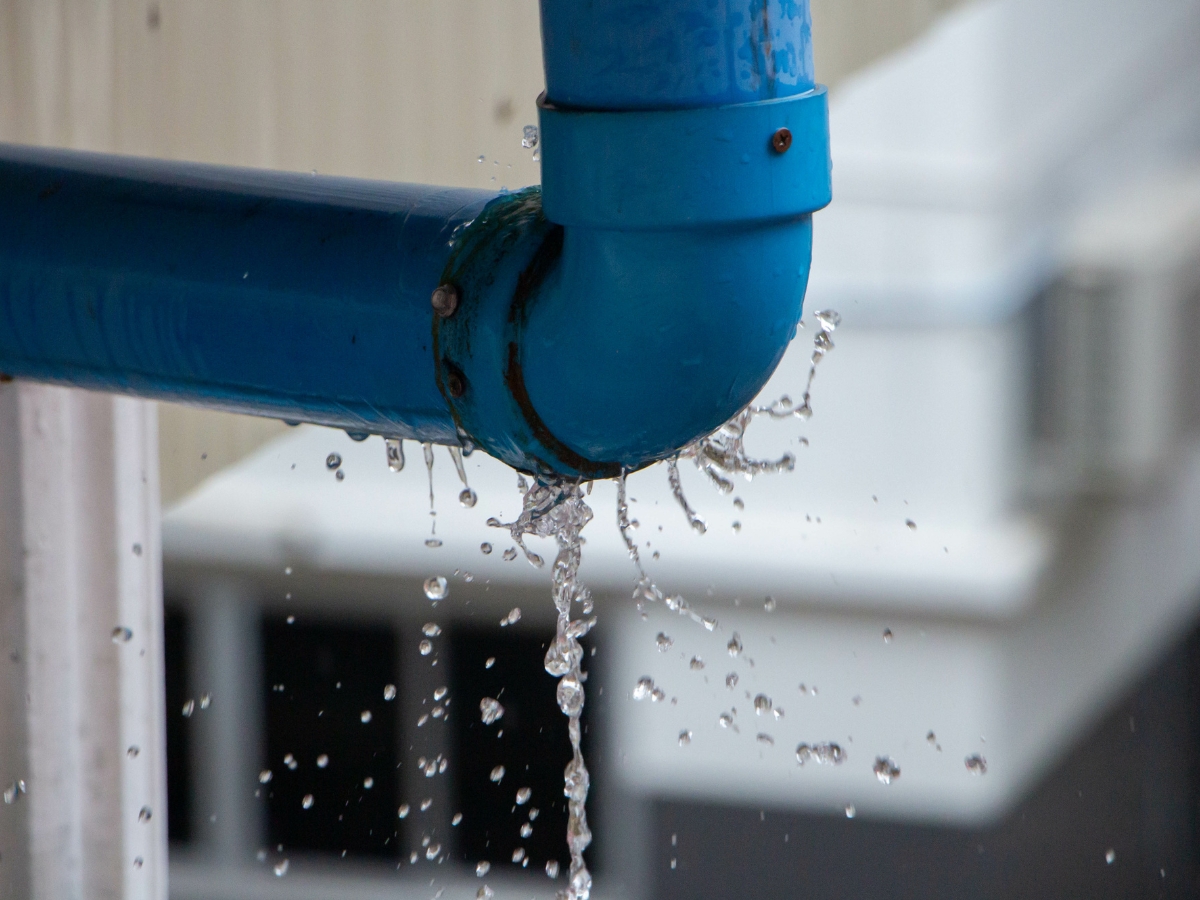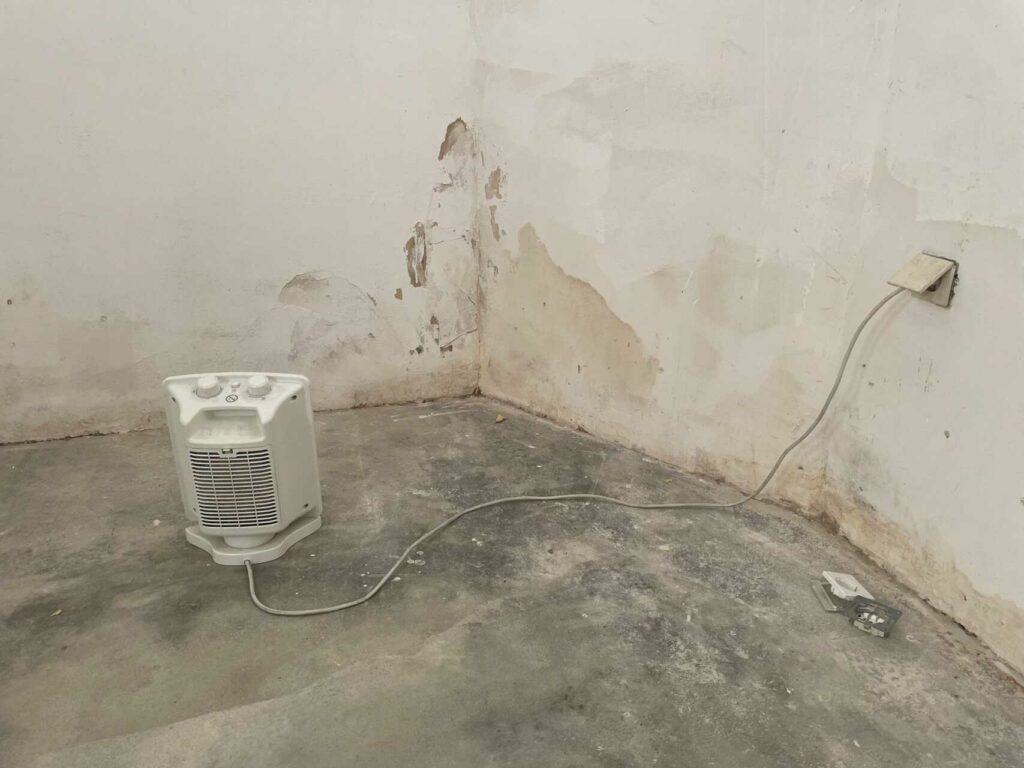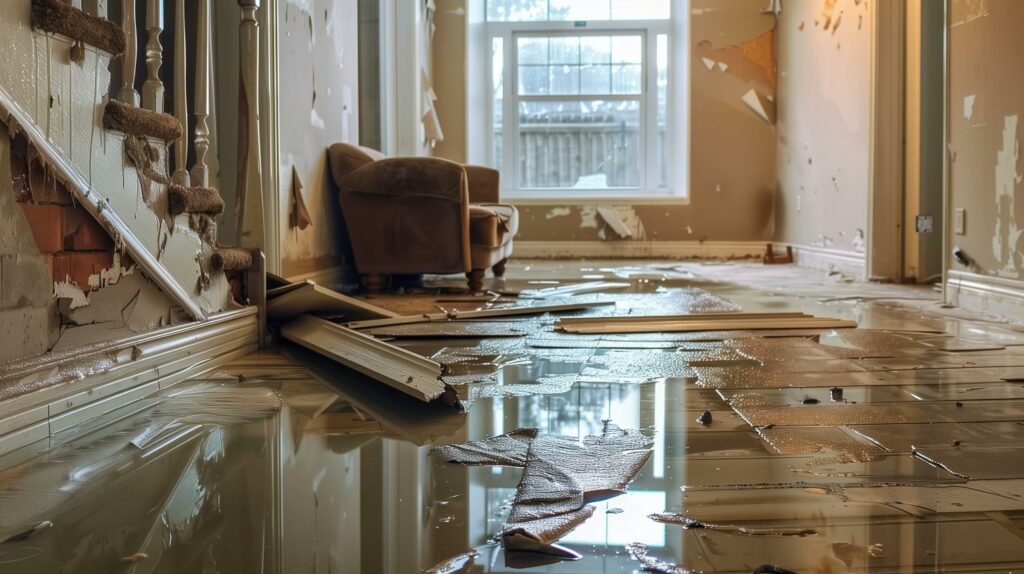Contents
You should not ignore any water leak as a homeowner because even the smallest drips can cause massive damage to your home. Drips and leaking pipes can pose serious risks to you and your home, resulting in property damage, unanticipated financial expenses, and so on. There is also a serious risk to your health and the health of your loved ones, co-workers, and other people/animals in the building.
A drip or leak is just as dangerous as a burst because both scenarios have serious financial, structural, and health implications. What appears to be a minor drip or leak should be carefully monitored to avoid being surprised—addressing a drip or leak situation as soon as you notice can prevent leaks from occurring or wreaking serious havoc on your home or business.
Have professionals regularly inspect and maintain all pipes, faucets, hoses, drains, and other similar items while also repairing faulty leak points as soon as possible.
Dangers of a Water Leak
Dripping water can damage a building’s structure in ways that cost thousands of dollars to fix. Aside from the financial expense, its impact on the walls and ceilings may lead to an accident, resulting in severe injuries or even death.
Water seeping into different building areas can lead to mold infestation, which quickly spreads and causes illnesses like aspergillosis, histoplasmosis, wheezing, sneezing, coughing, runny nose, eye irritation, lung irritation, and others.
Causes of Simple Drips
Various plumbing fixtures in a building can cause water drips and leaks. Leaks in these fixtures are easily concealed, causing extensive damage to your walls, ceiling, floors, furniture, and other prized possessions. These damages can disrupt your home and work life, interfering with your daily activities until repairs and clean-ups are completed.
Identifying the causes of water leaks and drips will keep you vigilant at all times, protecting you, your home or business, and your families or employees in the long run. The following are examples of household items that could cause leaks:
Plumbing System
When it comes to a burst pipe, the signs are obvious and difficult to miss, and they are often instantaneous; for example, a major pipe burst that causes flooding is immediately noticed. However, drips, which occur due to pipe wear-out, increased water pressure, a break, or a case of frozen pipes, are easily missed and go unnoticed.
As a homeowner or business owner, if you are not on the lookout, these leaking pipes can lead to more serious problems. Kitchen pipes, bathroom pipes, and pipes connecting different parts of the building outside and inside the house are some of the major causes of leaks; if you suspect a leak, call a professional to inspect your building.
Washing Machines
The washing machine is a significant source of water leaks. This appliance can cause serious damage to your house because only a few homes have dedicated laundry rooms, and even those often have inadequate drains that could contain leaks and stop drips from damaging the living area and other valuable household items.
Bathtubs, Showers, and Sinks
These household items frequently cause water leaks in houses or commercial restrooms. A leaking faucet or a clogged drain are frequent causes of leaks. The structure of the building and other items mounted on the walls may be significantly impacted by old or damaged pipes connected to these fixtures behind the walls. A leak can also originate from the grout, old, deteriorated caulk, and other sealants used around bathtubs, sinks, showers, and walls.
Water Heaters
Unused water heater can rust and corrode, resulting in a leak. Extensive damage can occur in the absence of a regular floor drain or a floor drain with a drain pan connected to it. Your water heater, like your washing machine, should be located in your basement to avoid such damage in the event of a water leak.
Refrigerators and Dishwashers
Dishwashers and refrigerators are other devices that drip water. These kitchen appliances are prone to leaks, and because of their locations in the kitchen and the area of leak signs, which are behind or underneath them, the leaks are frequently overlooked.
Tips to Identify Leaks or Slow Drips
If you are unsure whether your building leaks, here are a few warning signs to look for:
- Reduced water pressure
- Increased utility bill
- Musty odors around the house or workspace
- Stained or damp walls and cabinets
A simple drip can be disastrous and should not be ignored. Note the key areas prone to leaks and perform regular checks. When you notice a leak, immediately contact an expert professional to fix it.
If you are unsure who to contact or how to contact a professional about a leak in your building, check out Home service Hookup. Home Service Hookup works with homeowners to connect them to local businesses that do quality work.




